Can a Wide Nose be Narrowed With Rhinoplasty?
Facial Plastic SurgeryA harmoniously proportioned nose with symmetrical nostrils contributes significantly to the overall beauty and charm of one's face. Individuals with asymmetrical noses often seek transformative solutions through various nose surgeries to achieve facial harmony. This article delves into the multifaceted realm of rhinoplasty tailored for wide noses, addressing diverse aspects of this procedure. Additionally, we will provide valuable insights and answers to frequently asked questions regarding fleshy nose rhinoplasty, shedding light on the intricacies of this specialized surgical approach.
What Nose Is Considered Fleshy?
A wide or fleshy nose refers to a nose with thick and oily skin, weak cartilage, a low nasal bridge, and wide nostrils. Fleshy noses are the most common type of nose shape in the world and are sometimes known as African noses, fat nose, and meaty nose. Although nose job is mostly used to correct the defects of bony noses, it is sometimes performed to narrow wide nostrils or make the fleshy nose's tip smaller.

What Is Wide Nose Rhinoplasty?
Rhinoplasty for the wide nose is performed to narrow the nostrils, correct the septum deviation, change the nose angle, straighten the nose, shorten or lengthen the nasal bridge, and eliminate the breathing problems and nosebleeds caused by the poor structure of the nose. Since fleshy noses have weaker cartilage, it is hard to shrink and form their tip; therefore, this surgery should be done by a skillful surgeon who knows how to narrow the nose and correct its deformities.
How to Make Wide Nose Look Smaller?
The best and most effective way of narrowing wide noses is rhinoplasty or nose job. Although this invasive operation has some side effects and a long recovery period, its results are remarkable and permanent.
Besides surgical treatment, people with fleshy noses can undergo nonsurgical or liquid rhinoplasty. This operation is non-invasive and has a very short recovery period, but its outcomes are not lifelong and should be repeated several times. If you want to know more about making wide noses smaller, read the following.
The procedure of Fleshy Nose Rhinoplasty
Fleshy nose rhinoplasty is mainly performed under general anesthesia, but in some cases, the surgeon uses anesthetics to numb the nose and areas around it. In fleshy nose surgery, if your nasal bridge needs to be reshaped, the surgeon makes small incisions along the columella (a tissue that separates the nostrils) and lifts your nasal skin to have greater access to the inner structure of your nose. But if only the nasal tip and nostrils need to be altered, the surgeon performs the surgery without lifting the nasal skin (closed rhinoplasty). After narrowing and resizing the nose, the doctor stitches the incisions, places a tampon inside your nostrils to prevent bleeding, and wraps your nose with bandage and gauze.
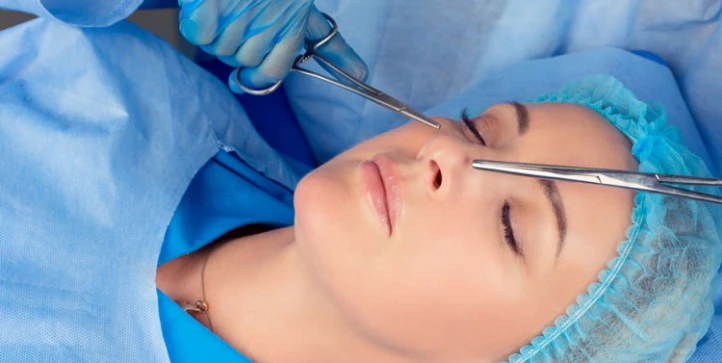
Types of Wide Nose Rhinoplasty
Depending on your goal and expectations, your plastic surgeon uses one or two techniques to narrow your wide nose.
Osteotomy
Osteotomy rhinoplasty is usually used to treat broken noses and straighten the deviated dorsum. However, in wide nose rhinoplasty, it is performed to remove the excess cartilage and bone at the top of the nose to make the nasal bridge smaller. In this surgery, the surgeon usually breaks the upper nasal bone and rearranges its pieces to narrow the nasal bridge.
Bulbous nose job (Tip plasty)
A bulbous nose job, also known as tip plasty, is a rhinoplasty in which wide or boxy nasal tips are reshaped. Due to genetic factors, some certain ethnic groups are more likely to have bulbous noses. If you have a large or round nasal tip, the surgeon uses this technique to remove or reshape the cartilage at your nose's tip or reduce the size of your nostrils. Since in a bulbous nose job, the nasal bone is not altered, it is less invasive than osteotomy and has fewer complications than it.
Alar base reduction
The most common technique of wide nose rhinoplasty is alar base reduction, also known as Alarplasty. In this method, the surgeon makes small incisions on the inner part of the nostrils and reduces their length and width by cutting their extra tissues. In most cases, an alar base reduction is performed along with the abovementioned techniques.

Preparing for Fleshy Nose Surgery
To prepare for fleshy nose surgery, you must first take a blood test and provide a detailed medical history containing your allergies, blood clot problems, and genetic disorders. Also, suppose you have a history of developing keloids. In that case, you should inform your doctor in the consultation session because rhinoplasty scar is the most common and serious complication of wide nose rhinoplasty. Moreover, it would be best to refrain from taking blood-thinning medications, smoking, drinking alcohol, and using herbal medicines and supplements two weeks before the operation.
What to Expect After Wide Nose Rhinoplasty?
The whole procedure of wide nose surgery usually takes two hours, but since it is an invasive and inpatient procedure, you have to stay a night at the hospital. After being discharged, you are too dizzy to drive, so ask someone to drive you home. Remember that you cannot fly or use trains for a week after the nose job, so book accommodation there if you get wide nose surgery in another city.
At home, you will probably have mild pain or a burning sensation inside your nostrils which is quite normal. The bandages will be removed two days after the surgery, but the casts and tampons should stay there for almost a week. Swelling, bruising on cheeks and around the eyes, and mild bleeding are early complications of wide nose rhinoplasty, all of which resolve in less than two months. Sometimes, the doctor prescribes corticosteroid injections to reduce the thickness of nasal skin. If you are asked to get these injections, get them on time and in a reliable clinic.
Rhinoplasty for Wide Nose Recovery
A week after the rhinoplasty for a wide nose, your doctor will remove your nonabsorbent stitches and tape your nose to keep its tip in its place. If you don't know how to remove and reapply your tapes and casts, ask your healthcare provider to teach you. Meanwhile, consider the following tips to have an easier recovery period after your nose job:
- Avoid washing your face as long as there are splints on your nose;
- If you want to wash your body, make sure not to make your face wet;
- Use a cold compress three times a day to reduce swelling and bruising;
- Avoid wearing makeup;
- Avoid strenuous activities such as running, swimming, biking, playing ball and contact sports, and mountain climbing for at least eight weeks;
- Avoid direct sun exposure;
- Do not lift heavy objects;
- If you have a preschooler, ask someone to take care of them;
- Refrain from bending over as well as pulling and pushing objects;
- Take your prescribed medications on time;
- If your surgeon has asked you to do nasal exercises, do it as you have been instructed to promote the healing process;
- Do not miss your follow-up appointments; and
- Maintain a healthy diet and stay hydrated until you are fully recovered.

Fleshy Nose Surgery Results
The final results of fleshy nose surgery will be revealed once the swelling is completely subsided, i.e., two to six months after the surgery. However, you can see the result of your operation as the bruising and swelling are reduced gradually. The outcomes of rhinoplasty are lifelong, but to ensure that, tape your nose for at least three months and avoid activities that involve contact for six months.
Fleshy Nose Surgery Scars
In fleshy nose surgery, the incisions are mostly made inside or between the nostrils, leaving almost no visible scars. However, it is wise to avoid things that may result in bad scarring, such as strenuous activities, using tobacco products, drinking alcoholic beverages, and sun exposure. You can treat and prevent rhinoplasty scars by injecting steroids, applying chemical peelers, using prescribed ointments, and drinking plenty of water daily.
Nonsurgical Rhinoplasty for Wide Nose
Nonsurgical rhinoplasty, or liquid rhinoplasty, is a non-invasive method of resizing wide noses. In this surgery, the doctor injects a filler (hyaluronic acid) into the nose to smooth its bumps or change the shape of its tip. Nonsurgical rhinoplasty is an outpatient procedure under local anesthesia; you can return home right after the surgery.
After the liquid rhinoplasty for a wide nose, you probably feel pressure, itching, or burning sensation in the operated site, but it isn't likely to feel pain after the procedure. Although this method involves fewer side effects and is much more affordable than traditional rhinoplasty, it is unsuitable for those who expect great changes after the surgery.
Fleshy Nose Rhinoplasty in Iran
Although the procedure of fleshy nose rhinoplasty is the same as a normal nose job, it requires the expertise and experience of an adept surgeon because, usually, fleshy noses have poor cartilage and thick skins, and it's hard to reshape them. Iran, as one of the main hubs of rhinoplasty in the world, has the most skillful and artistic plastic surgeons who can reshape your wide nose and make it look smaller. Plus, the cost of rhinoplasty for a wide nose in Iran ranges between 1.200 to 2.500 USD, which is incomparable with the price of this surgery in other countries.
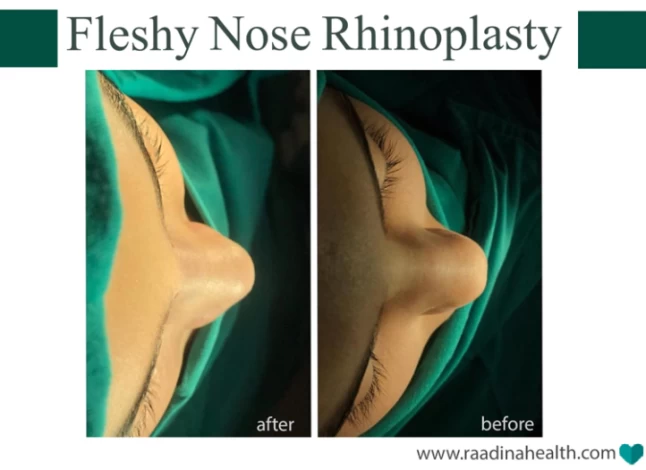
FAQs about Wide Nose Rhinoplasty
1) What are the complications of wide nose rhinoplasty?
Besides swelling and bruising, wide nose rhinoplasty may cause a change in the sensation of the nasal tip, nasal infection, formation of keloids, and atrophic rhinitis (AR).
2) Does wide nose rhinoplasty have an age limit?
Most surgeons recommend postponing the nose job until your nose is fully grown, i.e., after puberty. The minimum age for getting rhinoplasty for a wide nose is 16.
3) Will my nose get wide again after fleshy nose surgery?
No, the results of fleshy nose surgery are permanent. In the first few months after the surgery, your nose still looks wide and round, but as time passes, the swelling subsides, and your nose shrinks.
4) Can wide nose surgery correct my previous nose job?
If your nostrils have become wide due to previous nose surgery, alar base reduction can help you have more symmetrical and proportioned nostrils.






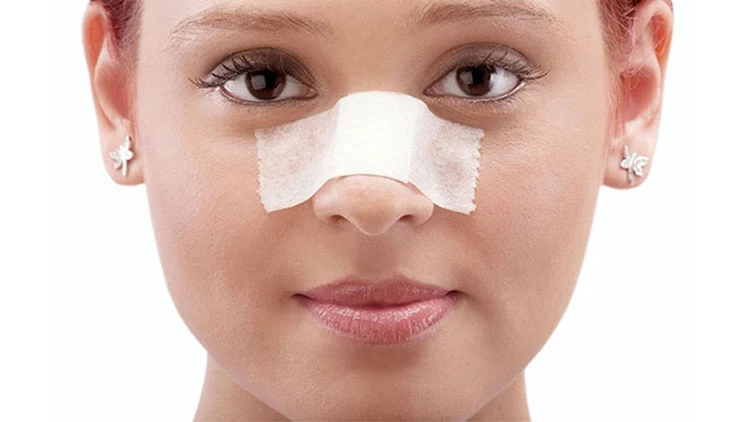
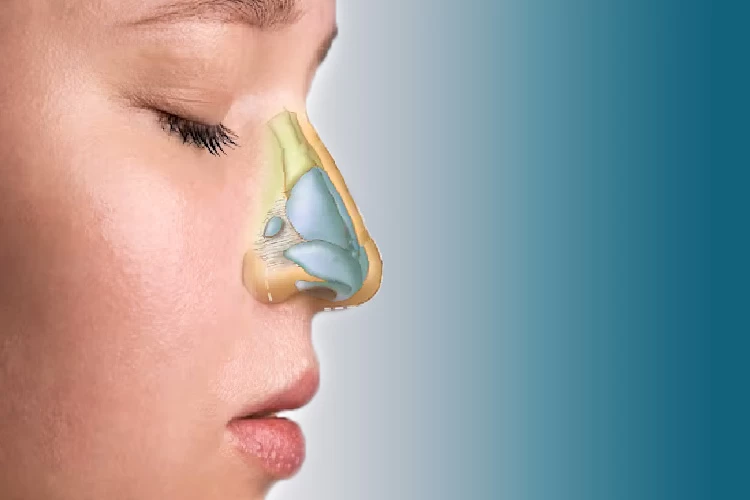
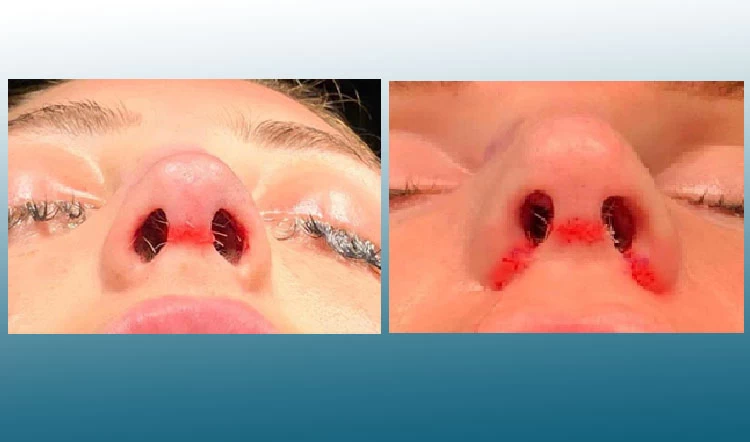
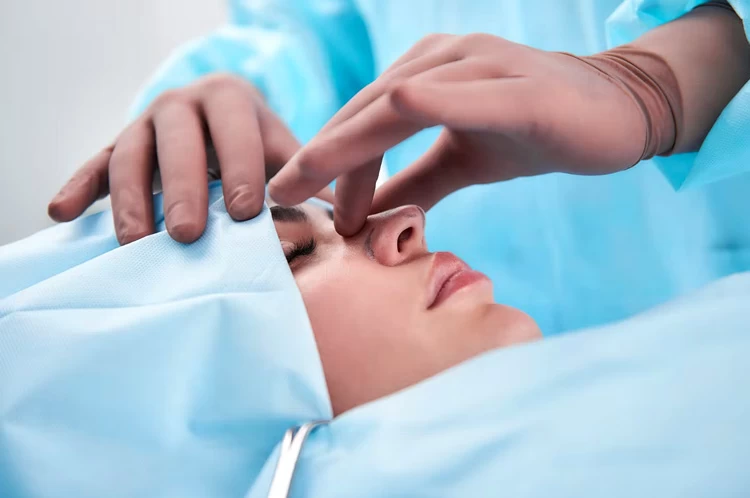
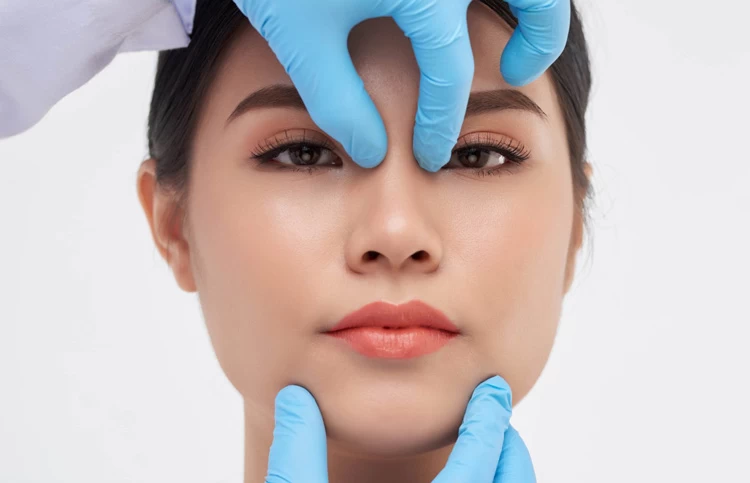




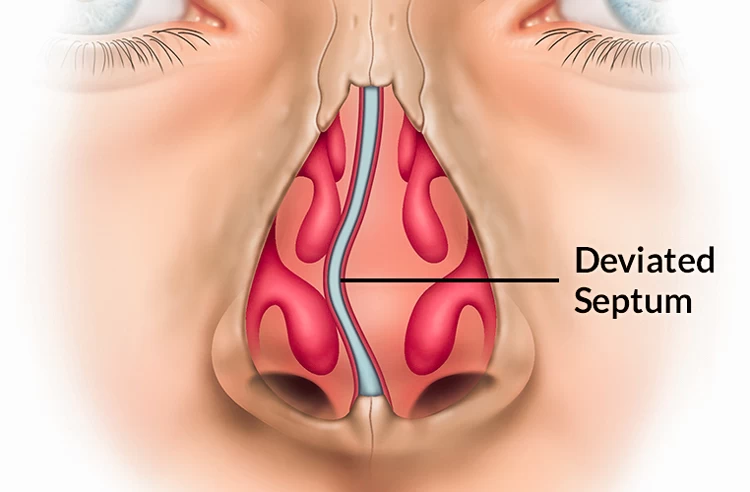
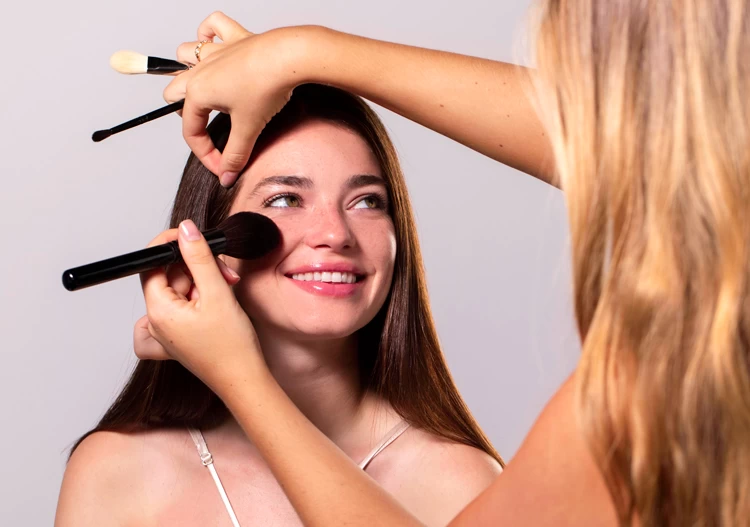
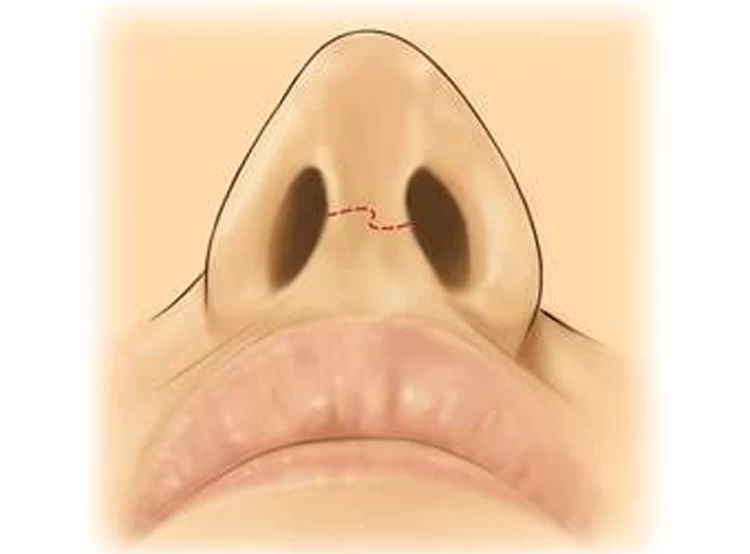
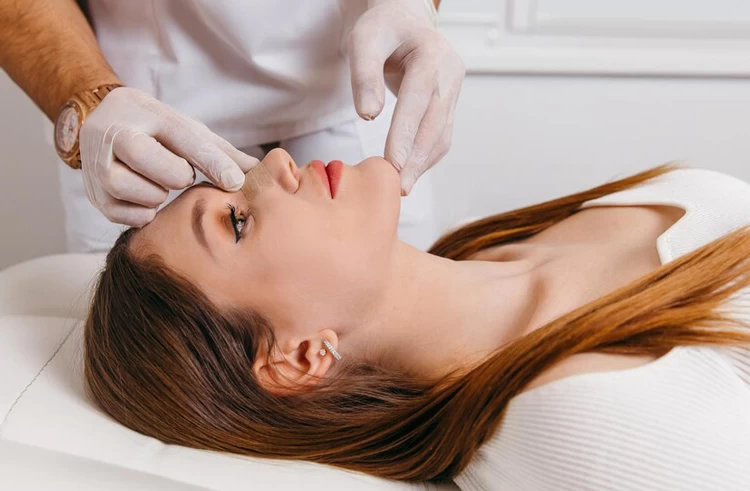



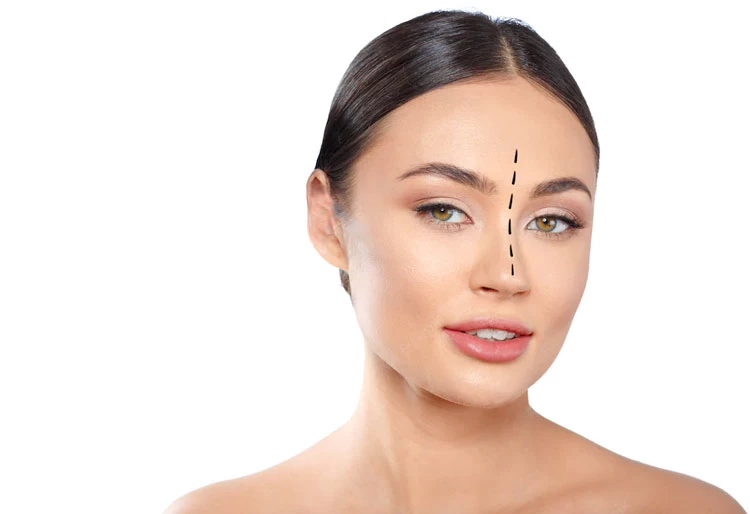


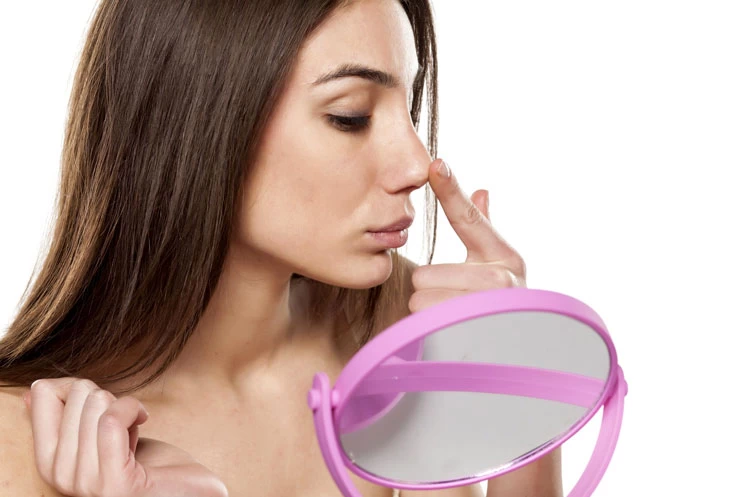
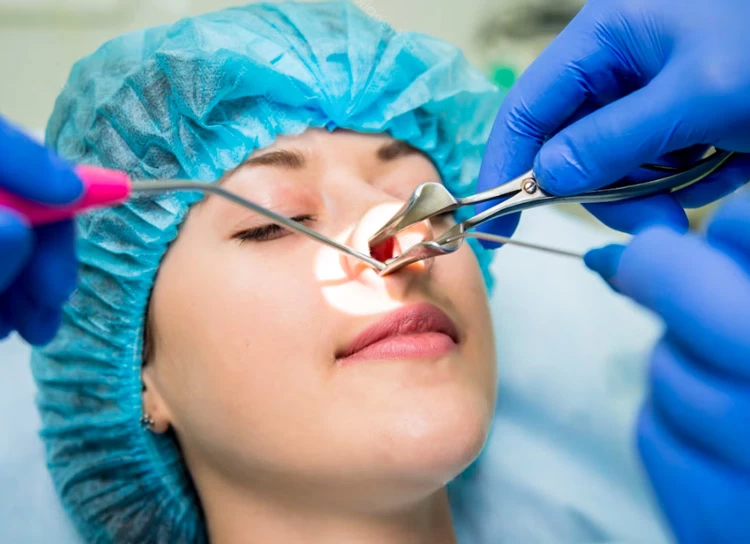
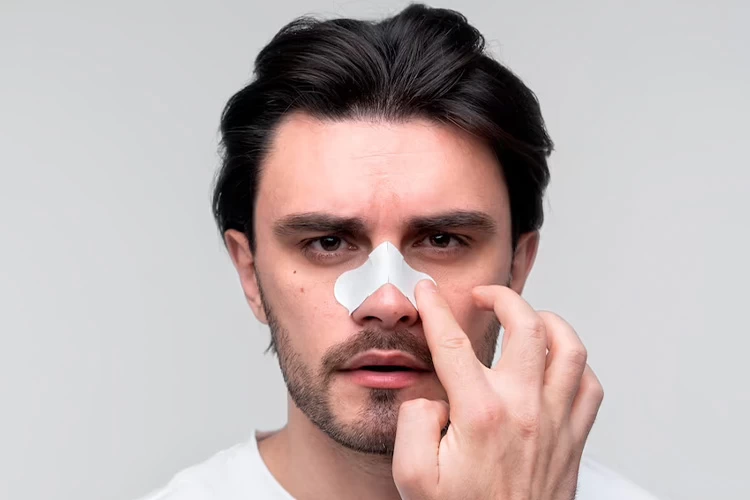
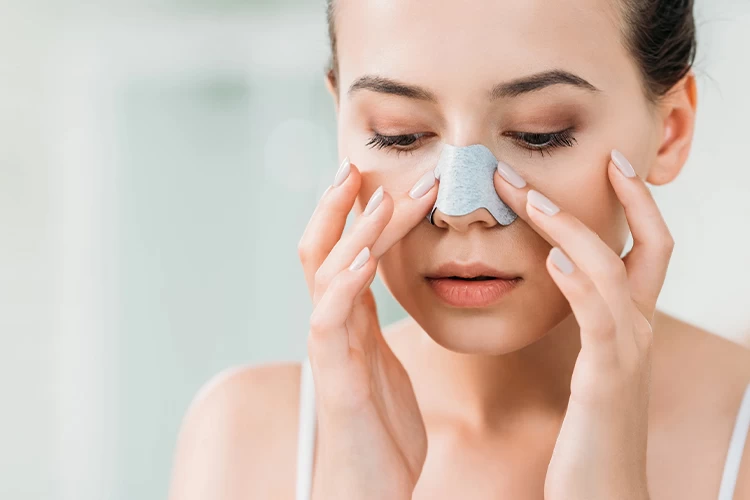




No reviews
Your comment